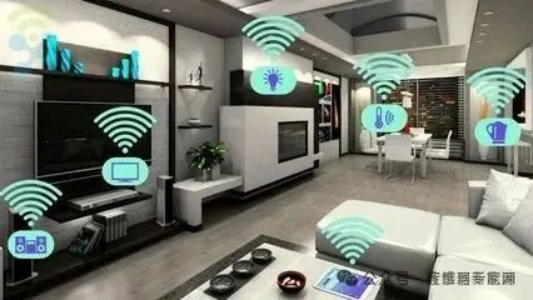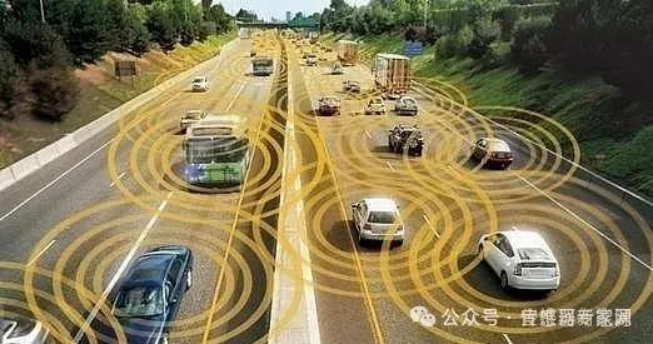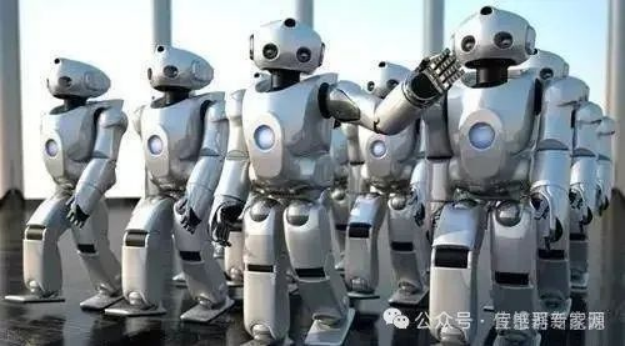With the rapid development of the economy and the improvement of people's living standards, the demand for product development has increased, and more and more emerging industries have emerged. The application fields of position sensors have also increased accordingly. Today, let us search for the figure of position sensors through the four fields of smart home, intelligent transportation, medical health, and industrial automation, and briefly analyze the application of position sensors.
Smart home field

Home safety is the top priority for every household, and security systems are crucial. By monitoring the real-time position changes of key parts such as doors, windows, and safes through position sensors, the system can promptly detect abnormal situations and issue alerts. This intelligent security system not only improves the safety of households, but also provides users with a more convenient way of life. For example, when the user leaves home, the system can automatically detect whether the doors and windows are closed and notify the user in a timely manner when abnormal situations are detected, thereby avoiding potential safety hazards.
At the same time, the role of position sensors in smart home appliances cannot be ignored, such as smart curtains. By detecting the position of the curtain switch through position sensors, the software can achieve one click opening and closing of the curtain, freeing both hands and avoiding damage to the curtain slide rail; There is also an intelligent lighting system, where position sensors can monitor the activity of people in the room in real time, automatically adjust the brightness and color temperature of the lights, and provide a comfortable lighting environment.
Intelligent transportation field

In autonomous vehicles, position sensors work together with other sensors such as radar, LiDAR, cameras, etc. to achieve comprehensive perception of the surrounding environment. For example, through high-precision GPS and inertial measurement unit (IMU) position sensors, autonomous vehicles can obtain accurate geographic location and attitude information, providing stable navigation and positioning services for the vehicle. At the same time, position sensors can also fuse data with other sensors to improve the reliability and accuracy of the perception system.
In addition, location sensors can also be applied in intelligent traffic management systems for traffic congestion warning and accident handling. By real-time monitoring and analysis of vehicle location and driving status, the system can promptly detect abnormal situations such as traffic congestion and accidents, and take corresponding measures to deal with them. This can not only reduce traffic congestion and accidents, but also improve the emergency response capability and management level of urban transportation.
Medical and health field
In the field of healthcare, the application of position sensors also demonstrates enormous potential. For example, integrating position sensors in surgical robots can accurately control the movement trajectory of surgical instruments, improving the accuracy and safety of surgery. In addition, position sensors also play an important role in patient monitoring and rehabilitation equipment. They can achieve real-time positioning and health status monitoring of patients, providing timely and accurate information support for medical staff.
Industrial automation field

In the field of industrial automation, the application of position sensors is not only reflected in traditional production line monitoring and scheduling, but also in high-tech industrial areas such as new high-speed maglev trains, robots, drones, etc.
The development and operation stages of high-speed maglev trains cannot do without the participation of position sensors. Monitoring and scheduling of maglev train operation is a key link to ensure efficient and stable operation of maglev trains, and position sensors provide accurate and real-time position information and operation data, providing strong support for the intelligent management of maglev trains.
With the development of technology, robots have transformed from traditional mechanical robots to high-precision intelligent robots. In the control of intelligent robots, position sensors occupy most of the positions. Position sensors are installed together with mechanical components or structures such as motors, shafts, etc., such as arms and wrists, to measure position, speed, and force, achieving servo control.
The potential application of position sensors in various fields is not only reflected in improving the quality of life and production efficiency, but also in its ability to bring innovative solutions to various industries. Driven by the wave of IoT and intelligence, position sensors are becoming a bridge connecting the physical world and the digital world. According to predictions, the global position sensor market is expected to reach billions of dollars by 2028.
Source: Sensor Expert Network



